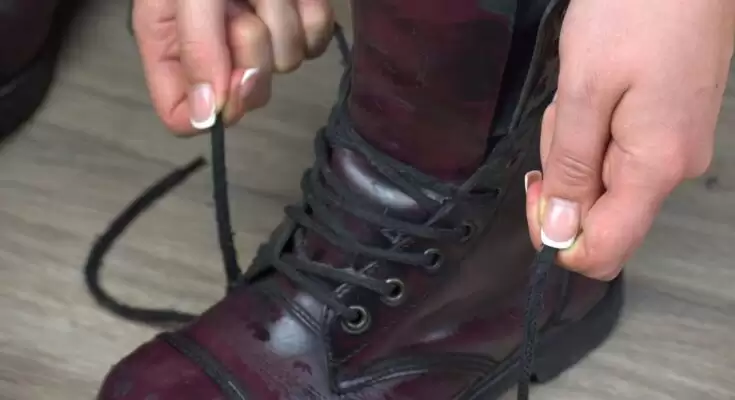Are you sick of soggy feet? Safety at work is crucial from the top of your head to the very tips of your toes, and that’s doubly true for the most hazardous of jobs in factories, complex worksites, construction and more. Something as seemingly innocuous as wet feet can compromise a worker’s safety, health, productivity and general job performance, which raises the question: Is it possible to waterproof your safety boots? The answer is yes – but we’ll save the caveat for later.
First, let’s explore why dry feet are critical for your workers:
* Minimise slipping
* Reduce discomfort
* Protect health including fungal infections
* End the ‘smelly feet’ phenomenon.
* Meet all safety guidelines.
But let’s be honest: is there anything more miserable than cold, wet feet when you’ve already got a hard, hazardous job? If your hard-working staff are asking you for tips about how to keep the damp and sludge out, let alone any chemical nasties including fuels and acids, here’s what the answer should be:
1. Clean them
Before getting started, make sure those boots are clean and clear of any dirt, dust or debris that could affect the waterproofing process. To do so, remove the laces and, if necessary, use a light wire brush or even consider using a high-pressure hose before air-drying.
2. Choose & apply the product
The waterproofing product you use really depends on the boot material because a waterproofing spray can be best for synthetic materials while we recommend a wax product for more sensitive materials like leather and suede.
If you’re spraying, make sure the entire boot is thinly but completely coated, while waxing will involve heating the product and rubbing it on with a cloth. There are also cream products that can work well, so just be sure to read the instructions carefully.
3. Dry your waterproofed boots
Don’t get impatient by sticking those boots in the oven or even using a hair dryer, because most waterproofing products need a more natural process for optimum results – and you could damage your favourite old boots too!
Simply leave them to dry out of the extreme elements where there is a gentle breeze and normal ambient temperatures – and yes, it’s ok to use a simple fan. To soak up extra moisture and maintain the boot’s shape, screw up newspaper to simulate a foot inside the boot during this process.
Have you seen the latest waterproof safety boots?
However, it’s possible that a DIY job will not be good enough for your workplace, as there are often strict government and union-enforced safety boot standards – let alone the safety equipment guidelines imposed by the company itself.
But in all honesty, DIY-waterproofed safety boots have absolutely nothing on the next-generation range of fully waterproofed safety boots fromRS Components, whose features can be so reliable that they’re also tested and rated for keeping out caustic liquids and chemicals like acid.
But if dangerous substances aren’t a concern, modern waterproof-specific safety boot construction is typically liquid-proof but also breathable for your work-working feet, due to special membrane liners that can keep the vapour out whilst not letting the water in, keeping those feet both dry and comfortable.
And there’s a lot more than that on the exciting and incredibly diverse latest range of waterproof safety boots, so if you’re looking to match your staff’s needs and preferences with the specific requirements of your workplace, get in touch and we’ll be happy to help.
